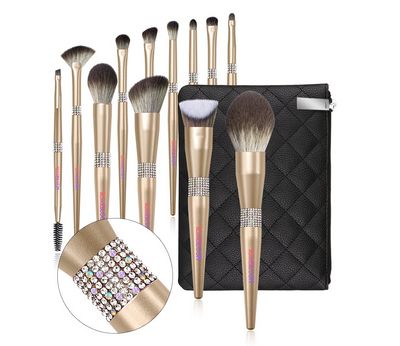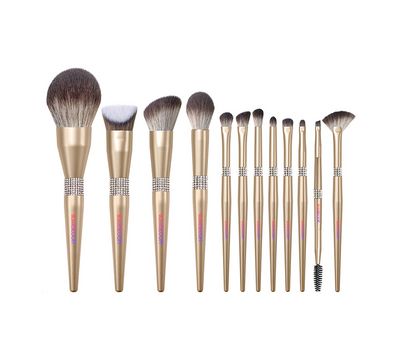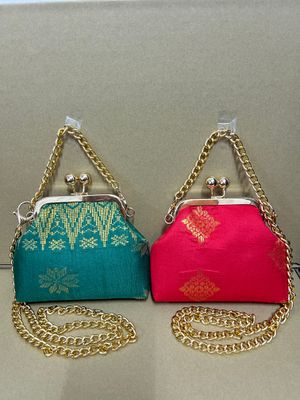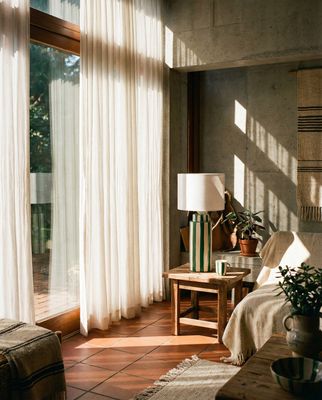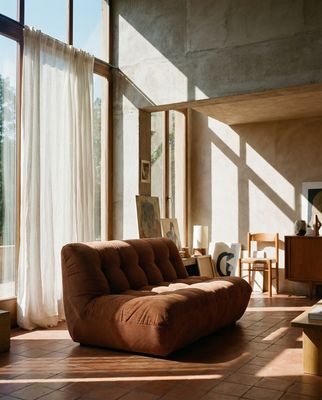Everything about the color Sand
The meaning of the color sand and color combinations to inspire your next creation.
Browse images in the color sand
What color is sand?
Sand is a warm, earthy hue that resembles the color of natural sand found on beaches. It is a light, muted beige with subtle yellow undertones, evoking a sense of calm and tranquility.
What are similar colors to sand?
For variations within the same warm and earthy spectrum as sand, consider:
- Beige (#F5F5DC) shares sand's light, neutral tone but is slightly lighter, offering a more subdued and versatile option.
- Khaki (#F0E68C) is similar to sand with its yellowish-brown shade, providing a more muted and earthy appearance.
- Camel (#C19A6B) is a deeper, richer version of sand, with more pronounced brown undertones, adding warmth and depth.
What color goes with sand?
To complement sand's warm, neutral tones, consider pairing it with:
- Teal (#008080) offers a cool, refreshing contrast to sand's warmth, creating a balanced and harmonious look.
- Lavender (#E6E6FA) adds a touch of elegance with its soft, purple-tinged hue, enhancing sand's subtlety.
- Sage (#BCB88A) provides a gentle, green-tinged balance that complements sand's earthy tones.
What color conflicts with sand?
To avoid clashing with sand's warm, earthy tones, consider avoiding:
- Black (#000000) can overpower sand's subtlety and warmth, creating a stark contrast.
- Gray (#808080) could dull the vibrancy and warmth of sand, making the combination appear flat.
- White (#FFFFFF) risks washing out the subtle tones of sand, reducing its visual impact.
What does the color sand represent?
Sand represents stability and grounding, often associated with the natural world and the calming presence of beaches. Psychologically, it evokes feelings of relaxation and comfort, providing a sense of warmth and security. In art and design, sand is used to create a neutral backdrop, allowing other colors to stand out while maintaining a cohesive and natural aesthetic.
What's the history of sand?
The color sand derives its name from the natural material found on beaches and deserts. Its use as a color name dates back to the early 20th century, reflecting its widespread presence in nature. In modern times, sand is popular in interior design for its neutral and versatile qualities, often used to create a warm and inviting atmosphere.
Color Variations
Shades
Tints
Hues
Color Palettes
Monochromatic
Complementary
Analogous
Triadic
Tetradic
Images with sand color
Color Conversions
#C2B280rgb(194, 178, 128)rgb(76%, 70%, 50%)0, 8, 34, 24hsl(45, 35%, 63%)45, 34, 76#C2B28073, -2, 2842, 45, 2773, 28, 9411000010, 10110010, 10000000Color(red: 0.7607843137254902, green: 0.6980392156862745, blue: 0.5019607843137255)UIColor(red: 0.7607843137254902, green: 0.6980392156862745, blue: 0.5019607843137255, alpha: 1.0)Color(0xFFC2B280)